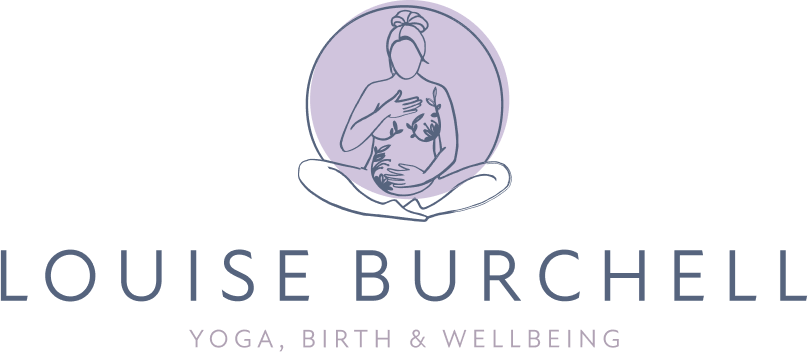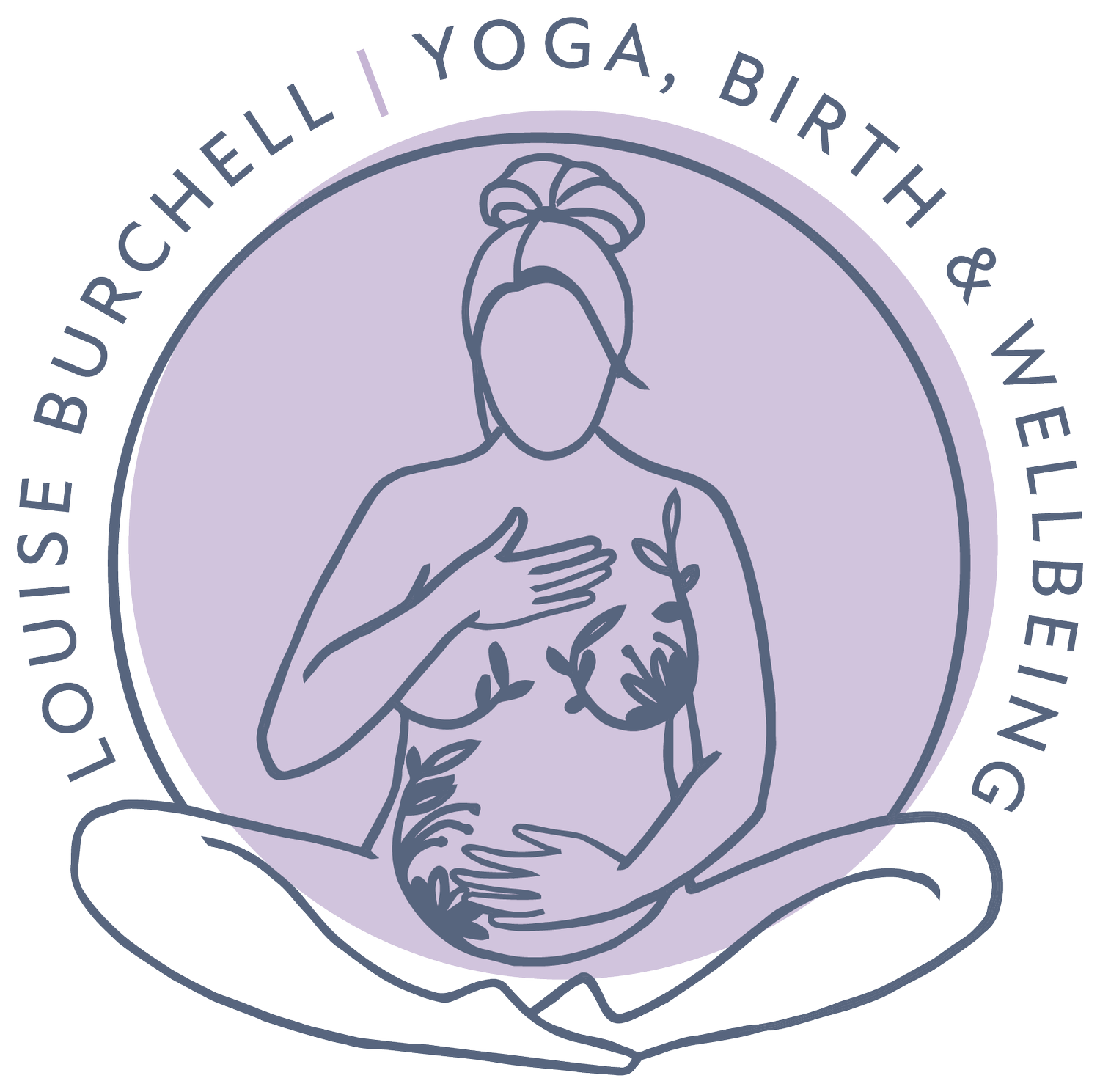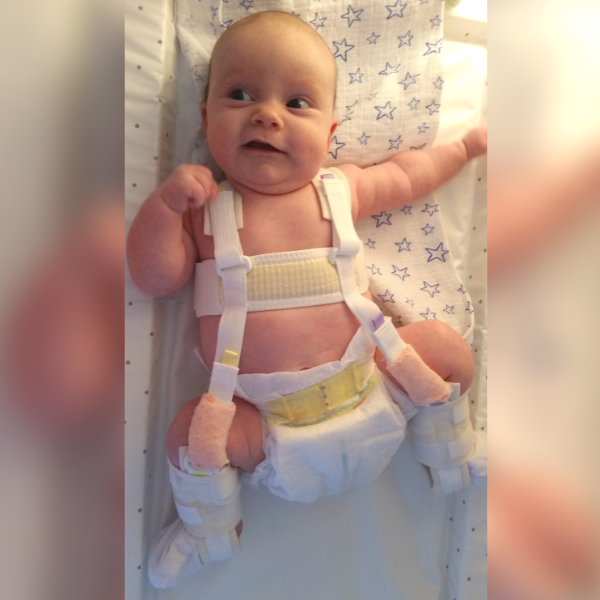Living with Hip Dysplasia
First written May 2018 (Updated July 2022)
It’s every parent’s worst nightmare – to be told there is something wrong with your baby. My eldest daughter was diagnosed with Developmental Dysplasia of the Hip (DDH) or Hip Dysplasia when she was 7 weeks old. DDH affects around 1 or 2 babies in every 1000, is more common in girls and firstborn children and can affect both hips but more commonly the left (NHS). The hip socket doesn’t form correctly and is too shallow so the femoral head isn’t held tightly, causing the hip joint to be loose or even dislocate. When the hospital staff do that heart-wrenching test where they squeeze and stretch your precious newborn’s legs they are checking for any looseness in the hip joint that could indicate DDH. My daughter’s condition was missed at the hospital but it was picked up by the GP at our 6 week check for which I'll always be grateful.
I went to the Royal Hospital for Sick Children fully expecting the ultrasound to show that the GP had been wrong. The GP was not wrong though. Neither of my daughter’s hip sockets had formed correctly, the left one so malformed that the physiotherapist could actually glide the femoral head in and out of the hip socket. She was fitted with a Pavlik harness that day.
The day after my daughter was fitted with a Pavlik Harness
I know there are far more serious and life-limiting conditions but at the time it felt devastating. I was a new mum, flooded with hormones, my husband about to move 450 miles away (that’s another story) – it was a shock. The harness felt like a physical and emotional barrier between me and my baby. I felt like I was just starting to feel confident and then suddenly I had to re-learn everything, even how to hold her. I couldn’t cradle her the same way or bring her “tummy to tummy” for breastfeeding. I couldn’t do skin to skin. I couldn’t get in to her soft newborn skin to use the baby massage techniques that I had spent years teaching to other parents.
The harness stayed on 24 hours a day, 7 days a week. We weren’t even allowed to bath her except every two weeks at the hospital when she got a new harness and an ultrasound. We couldn’t do up her sleepsuits or put trousers or tights on her. We had to hire a special car seat so we didn’t compress her hips. She didn’t fit in her bouncy chair so we bought a baby bean bag. Every explosive nappy situation (and there were a lot - we didn't find out about her food allergies until months later) involved scrubbing the harness - still on the baby! - with a toothbrush and soapy water then using my hairdryer to dry it. That last one seems comical now, but it wasn’t at the time. It was shit (no pun intended).
I felt sad. I felt angry. I felt embarrassed.
You should want to show your new baby off to the world but I was embarrassed because she looked different to other babies. And then, of course, the guilt. I asked the consultant if I had done something wrong during pregnancy that meant my daughter’s hips had not formed correctly (of course I hadn’t; genetic bad luck). I, like most parents, blamed myself. I felt like I failed for growing her wrong.
But do you know what – my daughter did not stop smiling for the whole 12 weeks she wore that harness. She was not bothered in the slightest. At the first appointment the physiotherapist told me (between my sobs) that I would miss the harness after it came off. I disagreed. Turns out she was right though – nappy changes are much easier when your baby’s legs are kept still for you!
That final ultrasound after 12 weeks was so nerve-wracking. When the consultant told us her hip sockets were both looking great I couldn’t believe it.
The physiotherapist removed the harness and asked if I wanted to keep it. I declined! When my daughter was 18 months old she had one final x-ray and was discharged with healthy hips. At the time of writing, she is five and a half years old and runs, jumps and skips like nothing ever happened.
Our youngest daughter was checked very closely when she was born with scans done at 2 weeks and 6 weeks of age. For the 4 weeks between scans my husband and I carried her in the stretchy wrap for all of her naps. When tied correctly, the sling should create an "M" shape in the legs, hips and bottom which is an optimal position for the hips and sockets to develop and exactly the position that the Pavlik Harness creates (International Hip Dysplasia Institute). At her second ultrasound she was discharged with healthy hips. We kept on having those sling naps for a bit longer though, the cuddles were too good to stop.
If you are a parent and you are awaiting assessment or your baby has just been diagnosed with hip dysplasia, I know how scared, upset, confused, worried, and a whole host of other emotions you might be feeling right now. I was too.
I see you. It will be okay. Your baby will be okay. You will be okay.
If you would benefit from having someone to talk to as you navigate a hip dysplasia diagnosis, I offer both short and long-term counselling online and in-person from Edinburgh City Centre. You can find out more on my counselling page.


